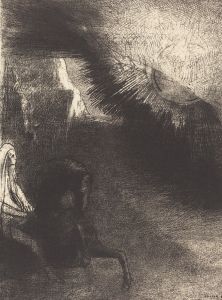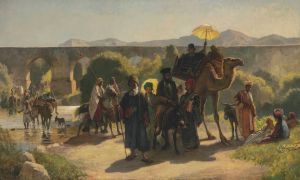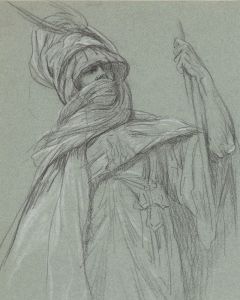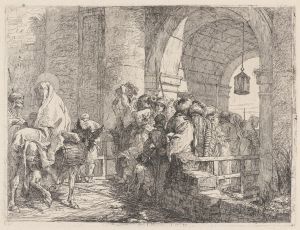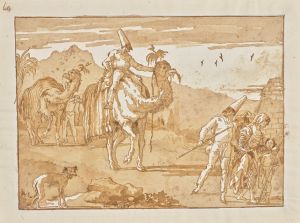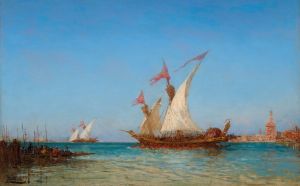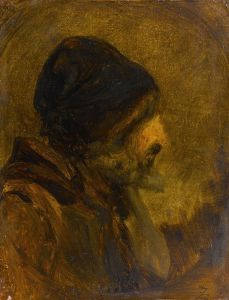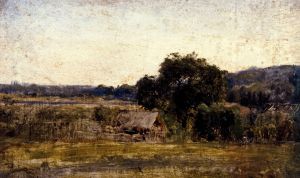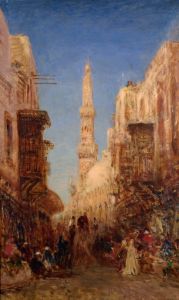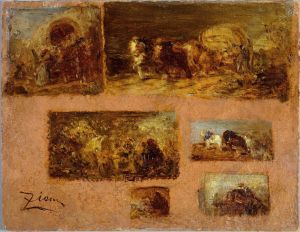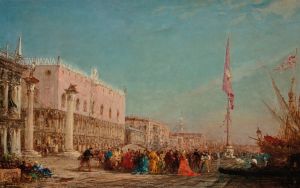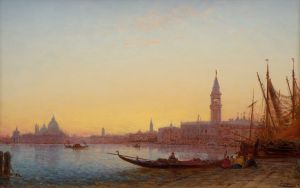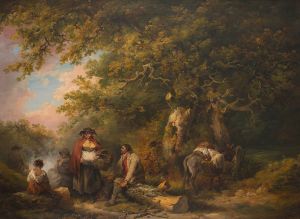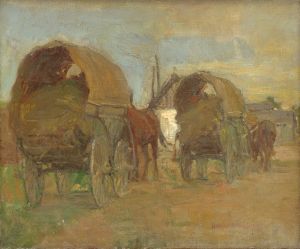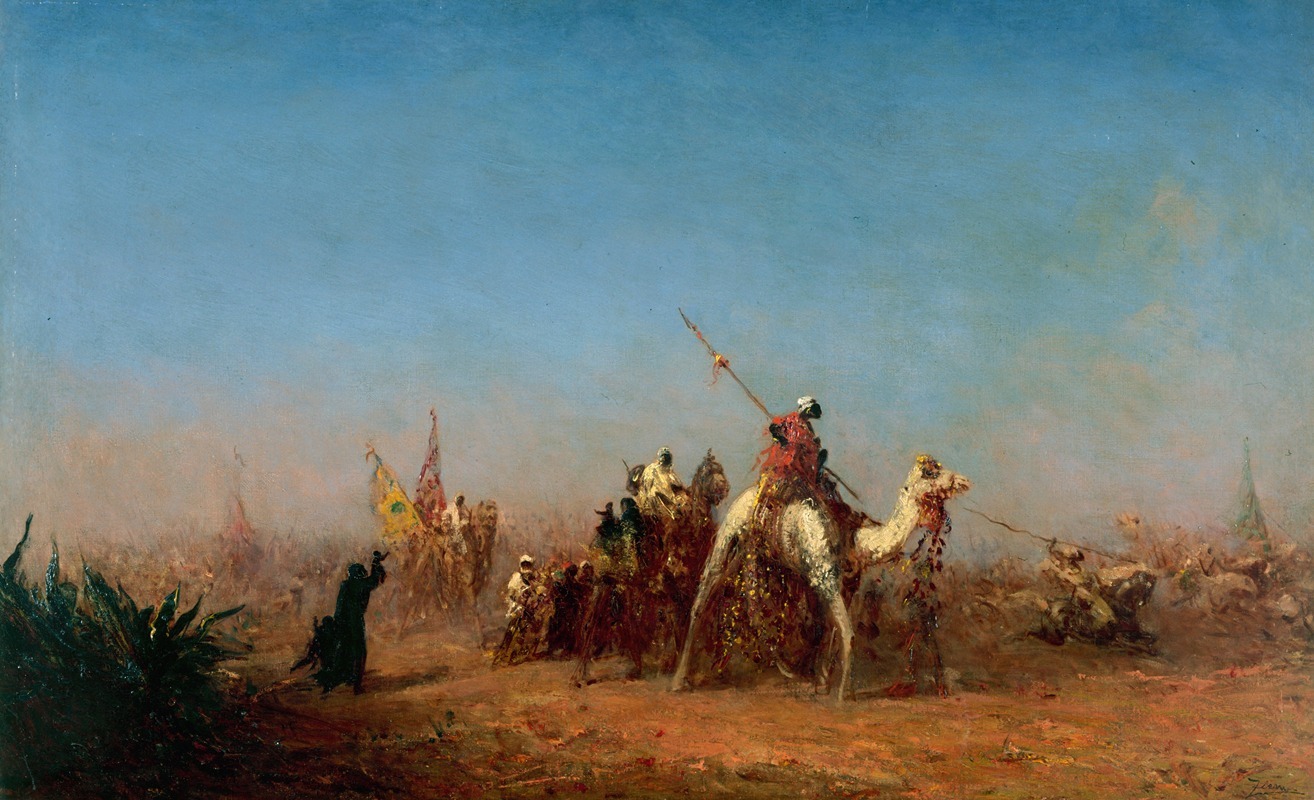
Caravane en route vers La Mecque
A hand-painted replica of Félix Ziem’s masterpiece Caravane en route vers La Mecque, meticulously crafted by professional artists to capture the true essence of the original. Each piece is created with museum-quality canvas and rare mineral pigments, carefully painted by experienced artists with delicate brushstrokes and rich, layered colors to perfectly recreate the texture of the original artwork. Unlike machine-printed reproductions, this hand-painted version brings the painting to life, infused with the artist’s emotions and skill in every stroke. Whether for personal collection or home decoration, it instantly elevates the artistic atmosphere of any space.
Félix Ziem's painting Caravane en route vers La Mecque (Caravan on the Way to Mecca) is a work by the French artist Félix Ziem (1821–1911), who is best known for his Orientalist and landscape paintings. Ziem was a prominent figure in 19th-century French art, often celebrated for his vibrant depictions of Venice, Constantinople, and scenes inspired by his travels in the Mediterranean and the Near East.
This particular painting, Caravane en route vers La Mecque, reflects Ziem's fascination with the exotic and the romanticized imagery of the Orient, a theme that was popular among European artists of the time. The painting depicts a caravan traveling through a desert landscape, presumably on its way to Mecca, the holiest city in Islam. The scene captures a sense of movement and purpose, with camels and figures traversing the vast, arid terrain under a luminous sky. The work exemplifies Ziem's skill in rendering light and atmosphere, as well as his ability to evoke a sense of distant lands and cultures.
Ziem was not known to have visited Mecca himself, and it is likely that the painting was inspired by his travels in North Africa and the Ottoman Empire, as well as by second-hand accounts, sketches, and his imagination. His works often blended observed details with artistic interpretation, creating idealized visions of the places he depicted. This approach was characteristic of Orientalist art, which sought to portray the East as a place of mystery, beauty, and adventure, though often through a Eurocentric lens.
The painting is an example of Ziem's broader body of work, which frequently explored themes of travel and exploration. His ability to capture the interplay of light and color earned him admiration during his lifetime, and he became one of the first artists to be collected by the Louvre while still alive. Today, his works are held in various public and private collections, including major museums in France and beyond.
Specific details about the provenance or current location of Caravane en route vers La Mecque are not widely documented. However, Ziem's paintings remain significant for their contribution to the Orientalist genre and their reflection of 19th-century European artistic trends.





